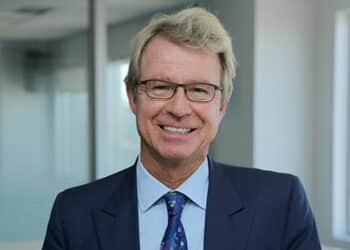The seasonally adjusted unemployment rate rose to 4.5 per cent in September, up from a revised 4.3 per cent in August, according to data released today by the Australian Bureau of Statistics (ABS).
ABS head of labour statistics, Sean Crick, said the number of unemployed people grew by 34,000 while employment grew by 15,000.
“As a result of these increases, the participation rate rose by 0.1 percentage points to 67.0 per cent, although this is below the record high of 67.2 per cent we saw at the beginning of the year,” Crick said.
Meanwhile, the employment-to-population ratio remained steady at 64.0 per cent.
A rise in both males and females seeking work contributed to the rise in the number of unemployed people in September. The number of unemployed males rose by 24,000 to 370,000, while the number of unemployed females rose by 10,000 to 314,000.
Full-time employment rose by 9,000, which was a result of full-time employed males increasing by 23,000 and full-time employed females decreasing by 15,000.
Additionally, part-time employment rose by 6,000, which was driven by more females employed part-time, up 19,000, while males employed part-time fell 13,000.
Krishna Bhimavarapu, APAC economist at State Street Investment Management, said the data proved a risk that the asset manager had “been flagging for months”.
“While employment levels haven’t dropped yet, the labour market has clearly changed, and we can hear the creaks.
“The RBA may hold steady for now, but this is no blip to brush off. We maintain our call: at least one rate cut is still on the table before year-end,” Bhimavarapu said.
On the other hand, VanEck head of investments and capital markets, Russel Chesler, said the asset manager maintains that it does not expect any additional rate cuts this year.
“The stability of the labour market lends further credence to the likelihood that there will not be any further rate cuts this year – an outlook we have supported since the last RBA rate cut in September.
“Pending any unforeseen macroeconomic or geopolitical incidents, we may, in fact, already be at the terminal rate for the current interest rate cycle, which means the cash rate will remain at 3.6 per cent for the foreseeable future,” Chesler said.
While he conceded that the unemployment rate has come in “higher than expected”, he said VanEck does not see this as a cause for concern just yet.
“Arguably, it is still within the bounds of acceptability, albeit at the upper end of the spectrum. It is really too soon to tell whether the labour market is in danger from just one month’s worth of data,” he said.
He further noted that the unemployment rate has remained within a narrow range for more than four years.
“To put it into perspective, the unemployment rate 10 years ago was considerably higher at 6.2 per cent.”
Taking a much more optimistic view, Chesler added that the resilience of the Australian economy can be seen in consumer spending, which was up 5 per cent on year in August, according to the most recent Monthly Household Spending Indicator.
As well as this, he pointed to promising property and mining share prices.
“Taking a global perspective, we consider Australia’s ability to maintain near full employment levels throughout the recent post-pandemic inflation shock as a net positive,” he added.






